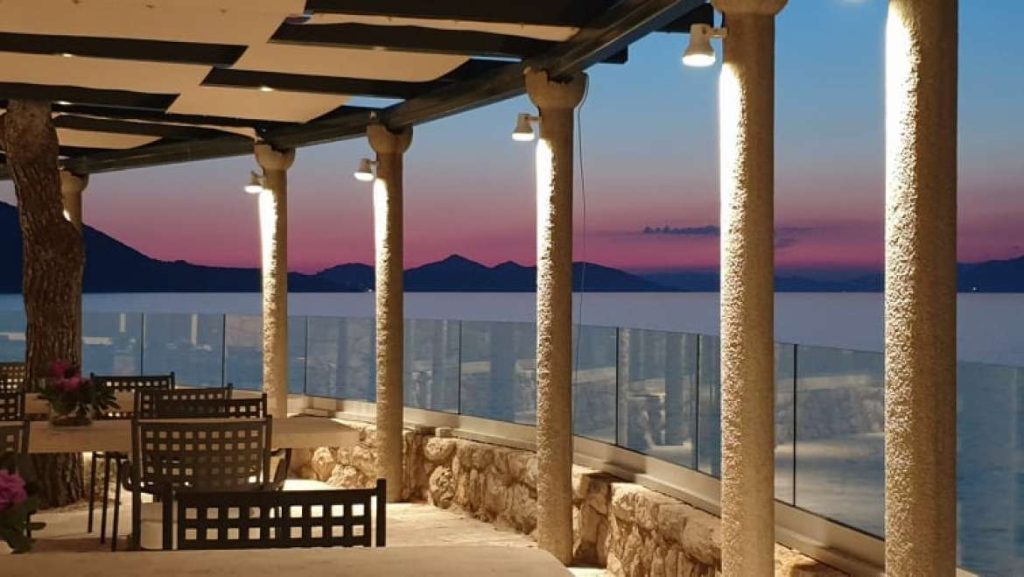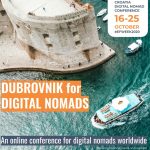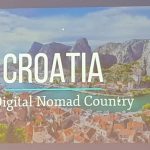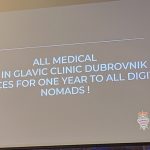October 20, 2020 – The first 2 days of Croatia’s first digital nomad conference had plenty of stimulating content from all over the world. Some thoughts on Croatia’s positioning and how to take advantage.
One of the things I have noticed over the years in Croatia is how new ideas are usually met with skepticism or are immediately dismissed. It seems at times that positive initiatives are somehow almost not welcome.
This time it is different. When I first started to write about the potential of digital nomad tourism in Croatia almost 18 months ago, the reaction was initially lukewarm, but it soon warmed up. A common perception was that digital nomads were bloggers and influencers (which they can be, but there are SO many more types of remote workers, from company CEOs to consultants), and the topic was not that interesting or significant. Two things happened to change the discussion.
The first, of course, was the global pandemic. With so many people forced to work from home, the reality of remote working entered the national discussion for the first time properly. Working from home has its pros and cons and is not for everyone, but the enforced new circumstances due to corona helped raise awareness about remote working in a way no campaign could have done.
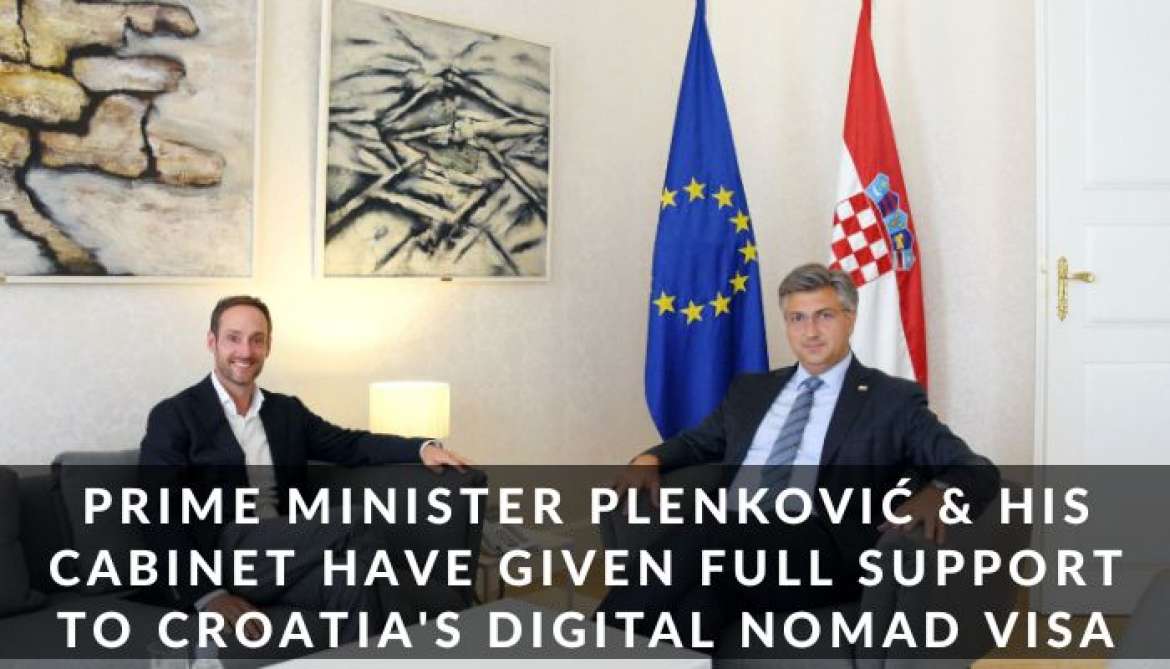
The second thing was the focused campaign of Split-based Dutch entrepreneur Jan de Jong for the introduction of a digital nomad visa for Croatia. Just 44 days after an open letter to Prime Minister Andrej Plenkovic on LinkedIn, the PM tweeted his assent, and legislation was introduced to Parliament the following day.
During the summer.
Croatian legislation and the adoption of a new idea has never moved that quickly in the 18 years I have lived in this beautiful country. People started to take notice. A prime minister reacting so proactively, the increased profile of remote working due to the pandemic, and the realisation that Croatia’s current model of accidental tourism is not sustainable. Could digital nomad tourism be a new source of year-round tourism?
One of the things I am enjoying about this particular journey is how people’s eyes are opened to the opportunity afforded by becoming a leading destination for digital nomads (my eyes included). The easiest way to explain it in a nutshell is very simple.
More and more of us around the world are now working in the same office. It is called the Internet. There are only two variables in this global office – connectivity (3G, 4G, 5G) and time zones. Apart from that, we are all in the same office. When we leave the office, we go home. Many people want to go home to the village they are from, their family and friends.
An increasing number of people want to go home to lifestyle and experiences, and the flexibility of the office is allowing them to choose locations all over the world to compliment their lifestyle.
Croatia is the lifestyle capital of Europe. Great weather, safe, accessible, affordable, full of natural beauty, great food and wine, things to do, EU member, offering culture and authentic experiences in abundance. Why not go for a swim in the Adriatic before dinner when you leave the office, for example?
The quickest official apart from the prime minister to grasp the opportunity was the Mayor of Dubrovnik, Mato Frankovic. I met Mayor Frankovic in late July and pitched a concept from our partners, Saltwater, to hold an international digital nomad competition to help the city develop a hands-on strategy for digital nomad tourism, working with international nomads, whose experience and input could help shape the city’s direction in this new opportunity. Having spent a lot of my time in official offices during my time in Croatia, I was impressed with the speed of the response from Dubrovnik. Not only did Mayor Frankovic agree to our proposal (which will take place in April – more below), but he also declared that he was open to any new initiatives.
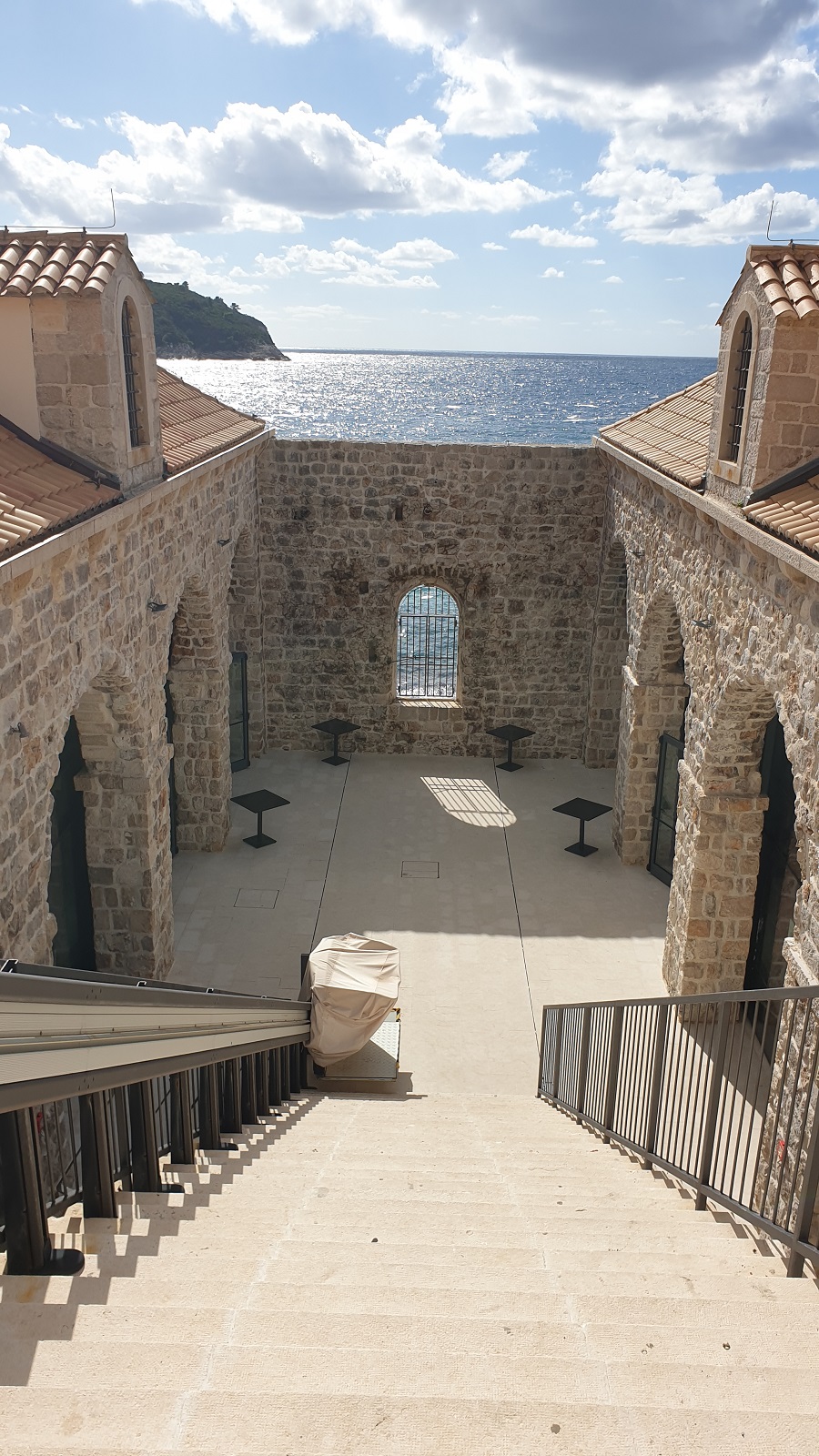
(The Lazareti, the original quarantine premises for the Dubrovnik Republic, which is where the first digital nomad conference in Croatia was held)
Which is how ‘Dubrovnik for Digital Nomads’, the first digital nomad conference in Croatia, came about.
It was quite an event, and one which will continue until the end of European Freelancer Week on October 25, but with the main focus on the two-day conference which ended on Saturday.
I have already written about some of the highlights – the view from British Columbia and why Croatia has the potential to be the number one digital nomad destination in the world.
Fresh from advocating for the nomad visa, Jan de Jong announced the formation of the Croatian digital nomad association, together with conference organiser Tanja Polegubic from Saltwater, and Karmela Tancabel.
And – in possibly the announcement of the conference – Glavic Clinic offered free 12-month healthcare for digital nomads in Dubrovnik who have the visa.
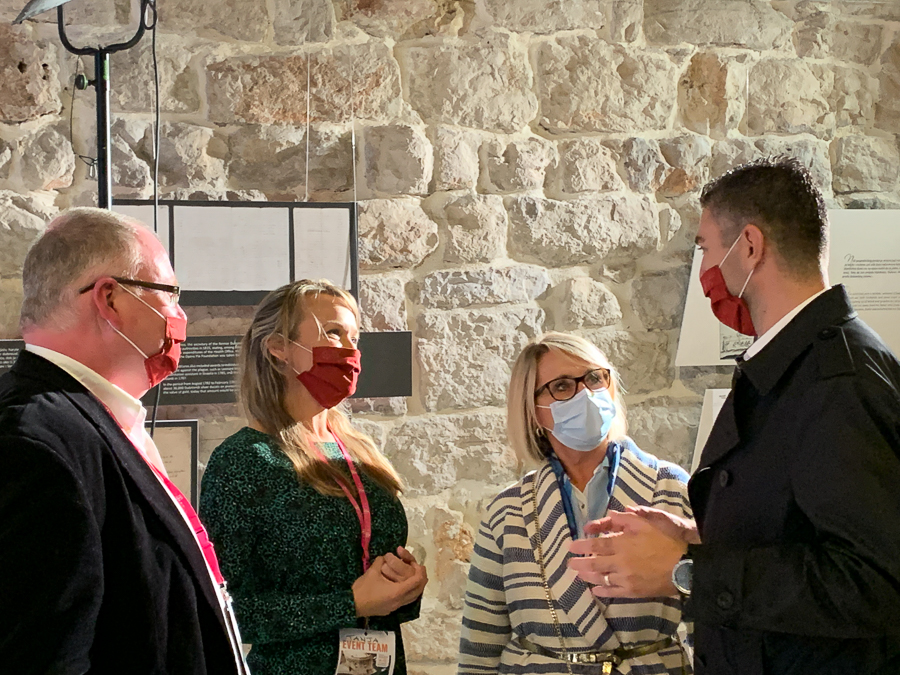
(TCN with conference organiser Tanja Polegubic from Saltwater, Deputy Mayor Jelka Tepsic and Mayor Mato Frankovic – Photos Cyndia Burkhardt)
The Glavic Clinic free healthcare announcement certainly got people talking, and I will be interviewing the Glavic presenter at the conference, Nikolina Kurtela, shortly for more details, but the generous gesture pointed to an interesting path for Croatia in this new journey – the willingness of the private sector to get involved and make this new departure a success. Most people realise that tourism will not be the same again, and it Croatia can build the foundations of digital nomad services (which go far beyond a bed and decent WiFi), there is a real opportunity to develop the sector into one which will contribute significantly, both to the economy and the mindset.
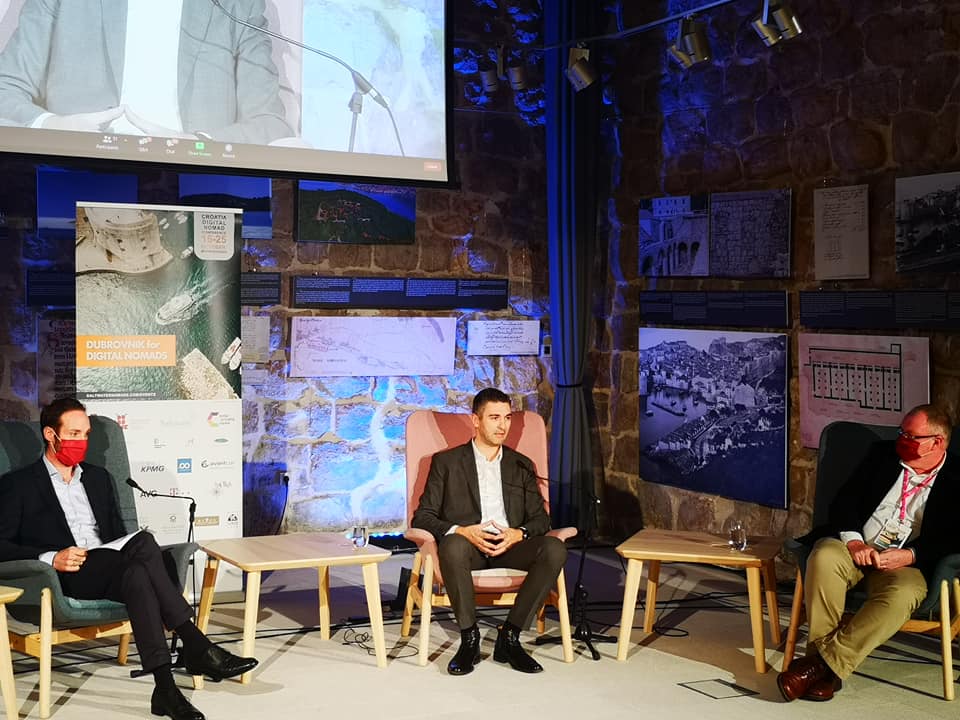
Mayor Frankovic certainly confirmed his full support for the initiative during the close panel hosted by Tanja, which also included Dubrovnik Tourism Board director Ana Hrnic, Jan de Jong and myself. There is a lot of work ahead to prepare for the international digital nomad competition in the city in April, which will give the city and wider a region to better understand and adapt to the needs of this new breed of visitor while developing a strategy in partnership with international nomads over a one-month period.
One of the key positives of the conference was the announcement of the Digital Nomad Association, which will be initially spearheaded by both Jan and Tanja. The new association will focus on five key areas of education, information, community, certification, and representation. In Jan and Tanja, the association could not have better ambassadors, and their combined vision and drive will steer this initiative in the right direction.
One of the key areas for Croatia’s potential success is going to be on pricing, particularly in accommodation. There is a tendency here to accept long-stay guests, only to terminate the contract in time for the tourism season. As more nomads come, and the community grows, the association’s plans for accreditation of nomad-friendly accommodation will be important.
Price will also be a factor in the visa, and here Croatia has a fantastic opportunity to get things right. As Kashlee Kacheran from Travel Off Path explained in her excellent presentation, the six nomad visas currently available around the world are wildly different in their conditions. The most expensive one, for example, is a whopping $3,000, while minimum income requirements of 3,500 euro a month in Estonia and $5,000 a month in Dubai, will exclude a significant number of would-be nomads. The terms are more favourable on Caribbean islands such as Anguilla, but with a population of just 15,000, one wonders how exciting life will be once the honeymoon beach and sunshine period has worn off.
Details of the Croatian visa are still being worked out, and nothing has been officially announced yet, but my understanding is that the basic requirements will include that application can prove that they have no criminal record, health insurance, and a level of income. That amount will be significantly lower than Estonia, at least in my opinion, as this is a great opportunity to have social media savvy nomads who are not earning megabucks enjoying Croatia and telling the world about it – you can’t beat word of mouth recommendation for effective marketing. In terms of timing, de Jong explained that several ministries are proactively working on the details, in coordination with one of the tax architects of the Estonian visa, and he expects the legislation to be wrapped up by the end of the year, with the visa available in the first quarter of 2021.
There was quite a lot of comment in certain nomad Facebook groups that Dubrovnik is not a great digital nomad destination due to its high cost and with little to do.
I disagree.
One of the reasons we pitched the international digital nomad competition in Dubrovnik is that it currently suffers from an image problem of being a popular place to visit (I was genuinely surprised at the number of nomads who came to the conference, and even more who commented on social media that they were also nomading in or around the city) of being expensive with little to do outside the city walls. When the proposal was put together back in July, the monthly cost of living on Nomad List was cheaper in Dubrovnik than both Barcelona and Berlin – popular nomad hangouts.
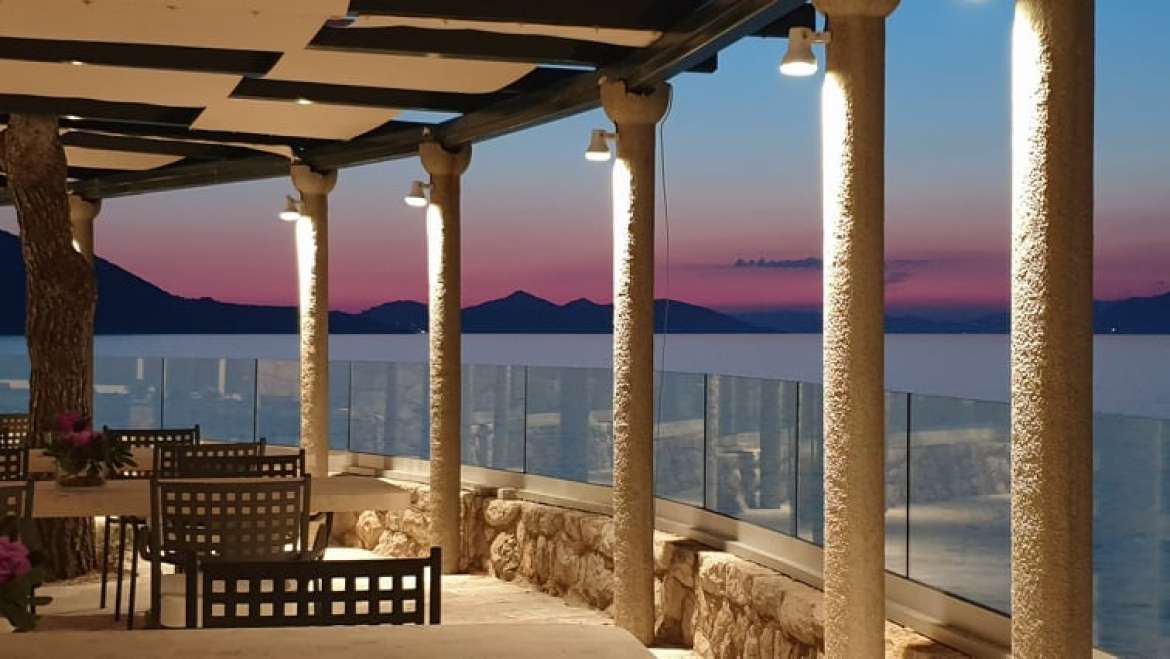
(Villa Ruza on Kolocep – just 30 minutes from Dubrovnik by regular ferry)
But seeing Dubrovnik as just the old town is a huge mistake in my opinion. You can get the very best out of this majestic city while enjoy a completely different – and significantly cheaper – experience close by, with easy access to the city whenever you want. One of the highlights of my summer was the wonderful island of Kolocep, just 30 minutes from Dubrovnik harbour by regular ferry, but a world away. (Learn more in Arise Kalamota! Kolocep, 30 Mins from Dubrovnik But a World Away).
Look at Dubrovnik region, rather than just the city, and a whole new world opens up. From the diverse island beauties of the Elaphiti, Lastovo, Mljet and Korcula, UNESCO World Heritage Sites nearby in neighbouring countries such as the Bay of Kotor in Montenegro and Mostar’s famous Old Bridge, to the wine roads of Peljesac and traditional Konavle way of life, there is so much more to Dubrovnik that the city walls and all that is contained therein. And, just as the tourism offer is diverse, so too is the makeup of the digital nomad. Those on higher incomes may be happy paying the coffee prices on Stradun, while those on a budget might settle for a longterm rental in a nearby village on the water., coming into the city on the regular bus service when the need arises.
This brings us to one of the greatest things that Croatia has to offer digital nomads – choice.
It is perfectly possible to spend time and have an excellent remote working experience in Croatia (and many do) without ever visiting Dubrovnik. On a budget? This single female digital nomad from Denver had an incredible six months in Osijek, one of the best places she had ever lived. Key pluses – price, people, nature, beauty, Internet, gourmet. As thousands emigrate from Osijek as there is no perceived opportunity, here is someone who had an incredible and affordable experience having originated from the other side of the world.
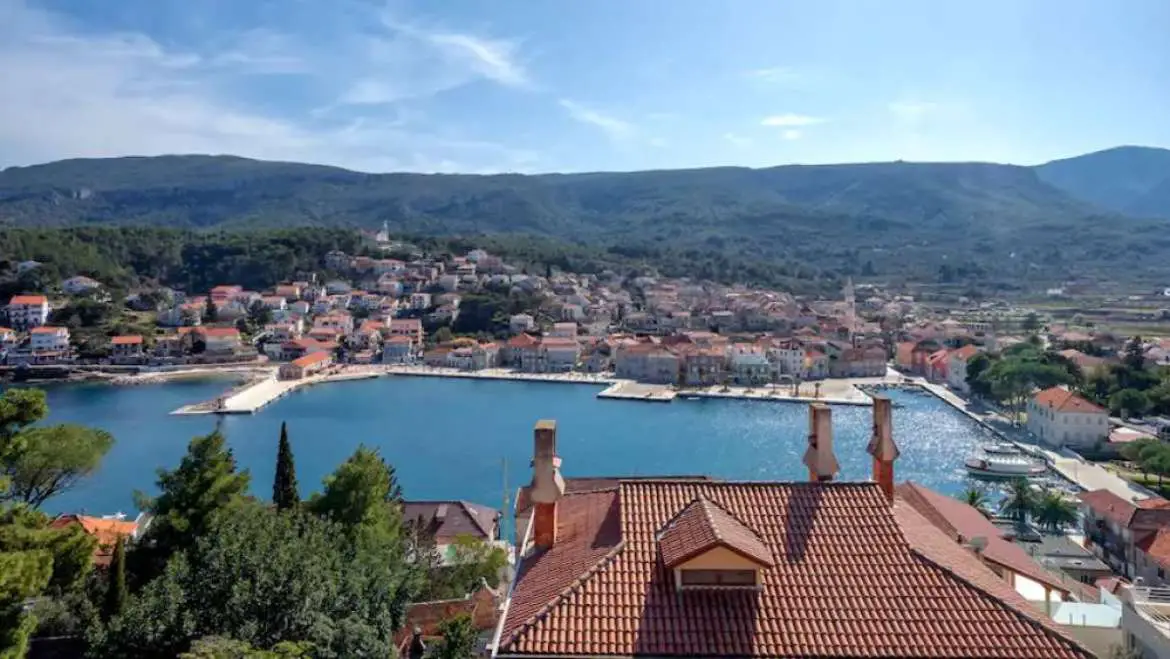
(Living the digital nomad lifestyle at Panorama Penthouse Jelsa on Hvar)
The current nomad hot spot in Croatia I would say is Split, which offers arguably the best combination of lifestyle, expat community, accessibility to islands and social life. Zagreb, however is not far behind, and we have just rented our apartment on Hvar for the month of October (another perceived expensive destination) to two nomads from Holland, who arrived with their bikes. When they are not working and drinking coffee on the terrace overlooking the Adriatic under Hvar’s famous sunshine, they are exploring the island by bike. An idyllic life. Not for everyone, of course, but highly suited to this type of nomad.
Istria, Kvarner, Dalmatia, continental Croatia – filled with incredible and diverse experiences, some with different price tags, but all offering the same thing in an increasingly uncertain world – safety, authentic experiences and the unbeatable lifestyle.
And with the 12-month visa imminent, why not discover the lifestyle that suits you, from rural Slavonia to Dubrovnik’s Stradun. Or try it all at your leisure. The complete Croatian experience from East to West, North to South, is extraordinary.
For more on the emerging digital nomad scene in Croatia, follow the dedicated TCN news section.

